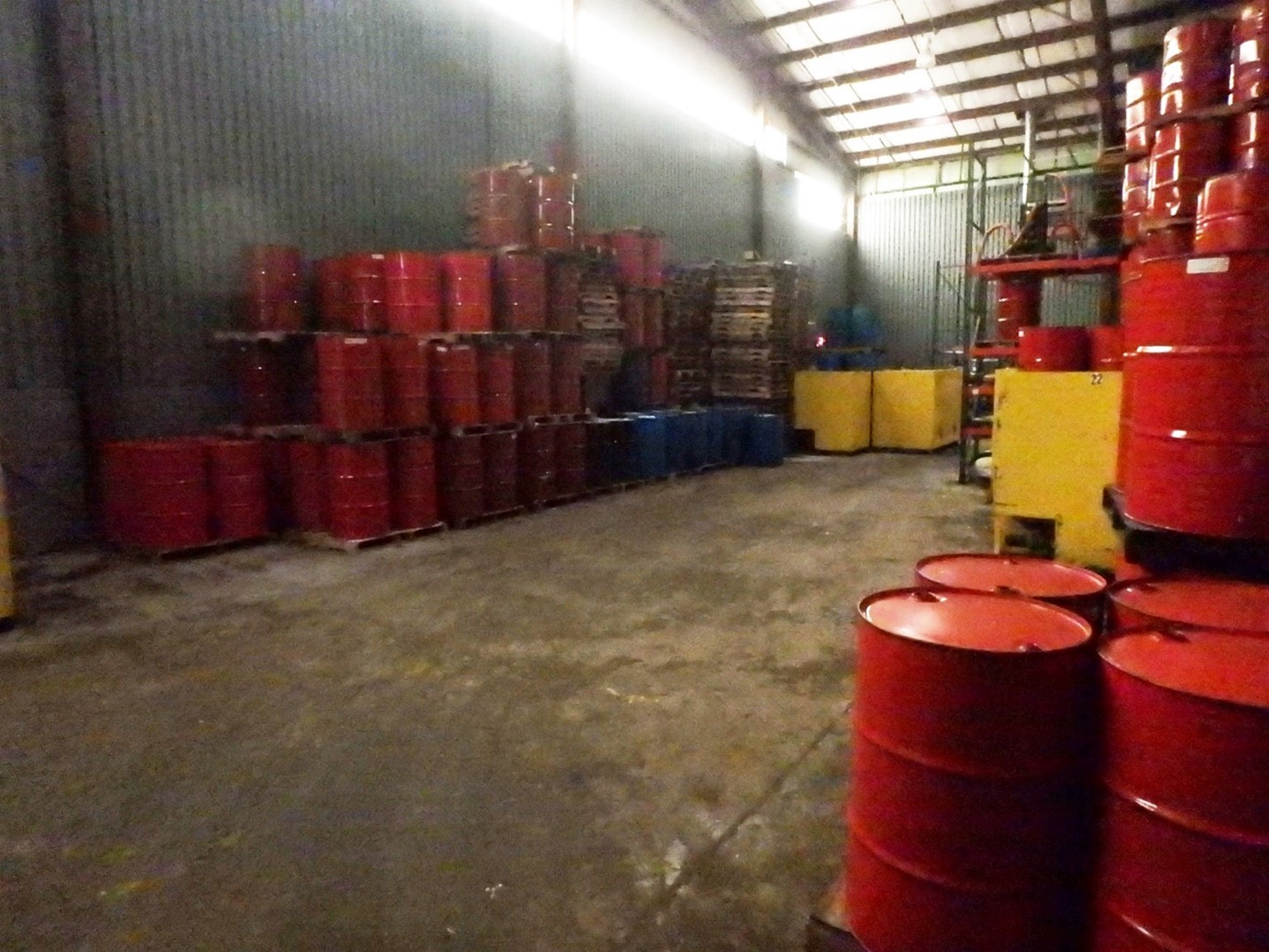 What are the different classifications of occupancies and contents?
What are the different classifications of occupancies and contents?
June 14, 2023
by Nils Deacon, Manager, Inspections and Rating Services
NFPA identifies different classes of “hazard of contents” that reflect the relative danger of various contents in a building depending on how they may start and spread a fire. These are related to occupancy classifications used by NFPA.
Classifications address the “danger of smoke or gases generated . . . the danger of explosion or other occurrence potentially endangering the lives and safety of the occupants of the building or structure.” – NFPA 101
Low Hazard Contents “shall be classified as those of such low combustibility that no self-propagating fire therein can occur.” Occupancies such as offices, schools, and residential would be included as Low Hazard.
Ordinary Hazard Contents occupancies “shall be classified as those that are likely to burn with moderate rapidity or to give off a considerable volume of smoke.” Occupancies such as mercantile, vehicle repair shops, and restaurants would be considered Ordinary Hazard.
High-Extra Hazard Contents occupancies “shall be classified as those that are likely to burn with extreme rapidity or from which explosions are likely.” Occupancies such as flammable liquid use and sawmills would be considered Extra Hazard.
The Ordinary and High-Extra Hazard classifications specify further, breaking them down to Groups 1 and 2.
DISCLAIMER: This information reflects the interpretation of MSO, Inc. with regard to NFPA Standards and Codes. It does not represent NFPA’s official position on the items discussed.
Flammable liquid storage – Extra Hazard.

